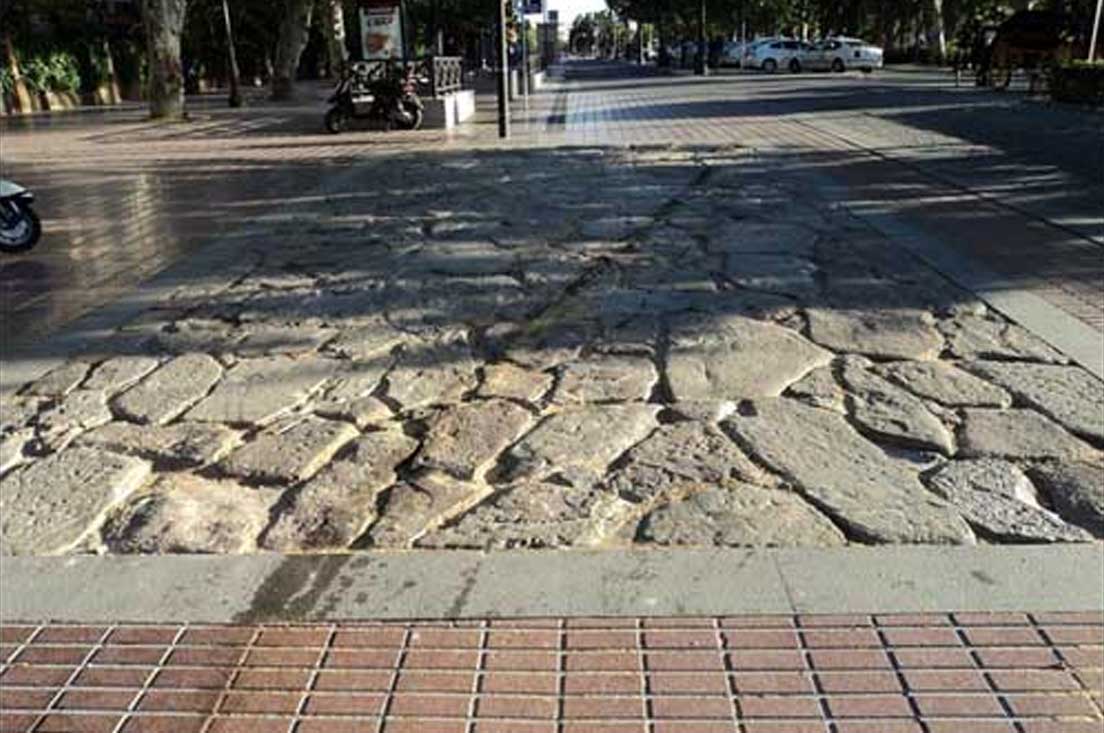Stage 1. Seville – Santiponce
A unit vector made up of several Roman roads that formed the backbone of the west of the peninsula, the route known today as the “Ruta Vía de la Plata” still links Seville with Gijón. It begins in an unparalleled setting: the Giralda Tower in Seville, next to Puerta de Jeréz Square, on the bank of a large river (the Guadalquivir), which is exactly what “guad-al-Quivir” means.
Via the proposed tourist-cultural itinerary, the archaeological remains preserved in different parts of the city give us the chance to get to know some of the unique buildings from the Seville of Roman times and understand the paleogeographic structure of the ancient city and its reflection in the present-day one, as well as giving us a glimpse into the economic, social and cultural activities that were carried out in each.
This initial stage takes us upriver to Santiponce to reach the ruins of Itálica, a Roman colony founded by Scipio (206 BC) and home to the emperors Trajan and Hadrian, under whose mandate the nova urbs (new city) was built.

A vestige of Roman times going back two thousand years, the Itálica amphitheater is now witness to passing trekkers, captivated by the fertile plains along the Guadalquivir River as they make their way to Guillena, the second stage of the Vía de la Plata Route in Andalusia.
